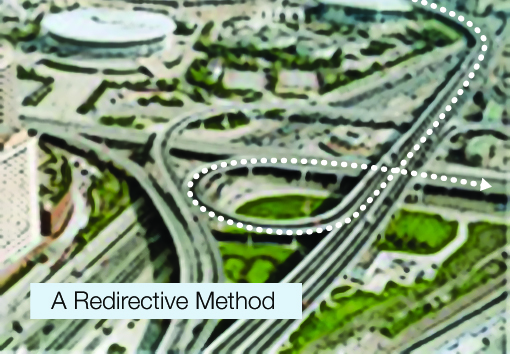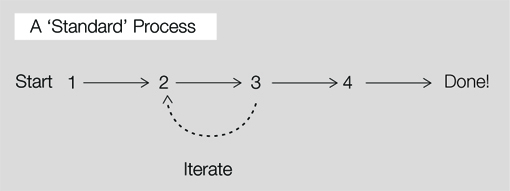Narratives of Complexity
Posted on May 15, 2011 | posted by:Thinking back on the creative methods I have employed through different disciplines I can see that as the scale of my work has changed so has my process for managing and integrating complexity. Orientation, first year of art school, a lifetime ago we were told: “You will learn to see the world.” The undertone seemed to be: ‘that’s a heck of a lot so don’t worry if you don’t get a job after this.’ We kept on worrying about paying off dizzying amounts of debt. However, I believe they did succeed in helping us really see the complexity of what is around us, and beyond us.
Looking back it seems that Fine Art opens a world of complexity: interwoven intents, incentives, emotions, histories and futures. It teaches you to find and capture a moment in that chaos, still loaded with the weight of its connections. Industrial Design appears to mirror that. With industrial design you often find a moment, an insight, a trigger – and step out from there, teasing out the connections, holding on only to those with immediate relevance, the rest influencing from the periphery.
Now, years later, as a strategist I find myself overlaying these experiences onto each other. I often find myself seeing the world as chaotic connections and gaps – collecting moments across disparate experiences, and scales – tracking and refining the shifting, sometimes contradictory, paths. My job, it often feels, is to narrate this thread of understanding, pulling it and reconfiguring it to map opportunity.
As a consultant I have often used a version of what I would call the ‘standard’ design process to narrate the value of design. This ‘standard’ is familiar to creative consultancies, particularly those with product design roots. These are generally depicted as a linear process with four to six stages and a loop to indicate iteration, a key point when describing design’s ability to quickly prototype and test. After years of describing design’s value through this narrative I realize the language that I also use to describe creativity has been influenced by this staged description as well.
I can see looking across my experiences that a defined redirective approach reflects how I work (or how I might like to work), where the linear ‘standard’ process may often express what I do within the constraints of a project. This indicates that a defined redirective process can be coupled with a linear method for contained, linear projects. For more complex non-linear challenges, such as open ended research or infrastructure and large system projects, the linear process does not offer an adequate road map. This is the difference between creating a coffee maker on an assembly line and attempting to evolve a public transportation system. The wicked problem is beyond disciplinary silos and requires an approach that is interdisciplinary and redirective.
We need to move from a design approach to a creative approach. From Design Thinking to Creative Thinking and Doing. We need to discuss and utilize our varied approaches, across disciplines, to work within complexity. A paradigm built on the process of making coffee makers and boom boxes simply will not give us a relevant foundation for discussing complexity, failure, emergence or social justice. We need to learn to leverage design’s ability to prototype, creating a culture living and designing in beta, with prototypes as product – a redirective method that has change and agility as fundamental attributes to a successful future.

